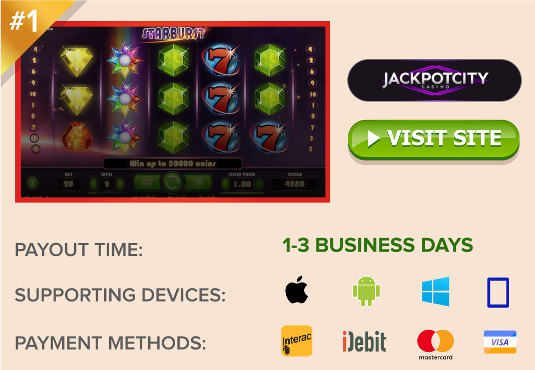How to Play Bridge – Rules and Game Play (Part 1)
 Bridge is perhaps the most well-constructed card game in the world. It’s extremely popular in North America, where Bridge clubs hold regular events and tournaments. Bridge rules are a bit more complex than other card games, but not difficult to learn with a bit of practice.
Bridge is perhaps the most well-constructed card game in the world. It’s extremely popular in North America, where Bridge clubs hold regular events and tournaments. Bridge rules are a bit more complex than other card games, but not difficult to learn with a bit of practice.
How to Play Bridge
The following set of rules apply to the most common variant of Contract Bridge, known as Rubber Bridge. It is the simplest form of the game, played with a standard 52-card deck, by four players with dual partnerships. Partners always sit across from one another.
Player positions are referred to as North, East, South and West. To better teach you how to play Bridge, we’ll refer to the dealer as North in all examples.
Dealing of Cards
In Bridge, the East player (left of the dealer) shuffles. The West player (right of the dealer) cuts the deck. Then the North player (dealer) passes out all cards, one at a time, in clockwise fashion, until each player has 13 cards.
To save time, serious players often use two decks. One deck is shuffled by the East player while North is dealing cards from the ready deck. In this way, the next game can continue immediately after the last.
Bidding for Declarer
Starting with East, players will bid on their hands to see who will be the declarer. The declarer will claim the trump and lead to the first trick.
When bidding, it is naturally assumed that the declarer will catch at least 6 tricks. Therefore bids are placed in numbers of 1 thru 7. A bid of 2 would be a bid to catch 8 tricks (6 +2).
The bidder must also state the trump they intend to declare, or no trump at all. For instance, a bid of 3 Spades would be a bid that the player can catch 9 tricks, with Spades as trump.
Suits are ranked, highest to lowest, with No Trump being the highest, followed by Spades, Hearts, Diamonds, then Clubs. Therefore, the lowest possible bid is “1 Club”, and the highest “7 No Trump”. If a player bids 3 Hearts, and another player bids 3 Spades, the player who bid 3 Spades will have the higher bid. Players must bid higher than the previous bid, or “Pass”.
Players may also double after an opponent’s bid. This is essentially saying, ‘I dare you to try it’, and at the same time, telling your partner that unless they have a really great hand, they should pass, because you think you can stop them from making the current bid. The term ‘double’ applies to penalty points accrued (those points being doubled) for the opponent should they fail to capture enough tricks.
Alternately, the next player may re-double, threatening a 4x penalty point. This tells the original bidder that you’ve got their back; your hand is good enough to help them win the required tricks.
Bidding continues around the table until three constitute players do not bid (double, re-double and/or pass only). The last player to bid becomes the declarer. The declarer’s partner becomes the “dummy”.
Playing the Game
The player seated left of the declarer will lead the first card. They may play any card they wish. Once this card is led, the dummy will be next to act, and must expose all of their cards.
The dummy’s cards should be placed face up, and facing the declarer, with each suit in neat overlapping stacks. Cards should be placed in order of suit, and order of rank, both highest to lowest (A, Q, J…4, 3, 2 & trump, spade, heart, diamond, club).
If Spades are trump, the dummy’s hand might look like this:

If Diamonds were trump, they would be on the left instead, followed by spades, hearts, clubs.
The declarer will control both hands from here on out – his own, and his partner’s. The dummy will not participate in the hand, and cannot give any advice or make any comments on how to play it. The dummy’s only role will be to play whatever card from his hand the declarer tells him to play on the dummy’s turn. If the dummy’s hand wins a trick, the declarer will decide which card the dummy leads next. Alternatively, the declarer can reach across and play the cards himself.
Play continues clockwise around the table. Each player must follow the suit of the trick lead. Whoever wins the trick will lead to the next trick, and so on. If a player does not have the led suit, he may play any card from his hand. This continues until all 13 tricks are captured.
Captured tricks are placed face down in a neat pile. Only one team member will collect the tricks for ease of counting. Note that, although the cards are face down, a player can request to see these cards at any time, and may ask who played which cards.
Scoring and Winning
Scoring is, by far, the most complicated part of learning Bridge rules. There are many variables that come into play, including the value of trump suits, which team (if any) is vulnerable, whether a bid was doubled or redoubled, etc.
Because of the complex nature of scoring, we’ll be covering this topic separately. Please continue to Part 2: How to Play Bridge – Scoring and Winning.
You may also be interested in viewing our other topics, Bridge Strategy and Bridge History.
 Jackpotcity.com is our editorial pick for your gaming needs. Currently offering an entire suite of casino games, as well as a wide range of Canadian deposit options, JackPotCity truly offers world-class gaming.
Jackpotcity.com is our editorial pick for your gaming needs. Currently offering an entire suite of casino games, as well as a wide range of Canadian deposit options, JackPotCity truly offers world-class gaming.





